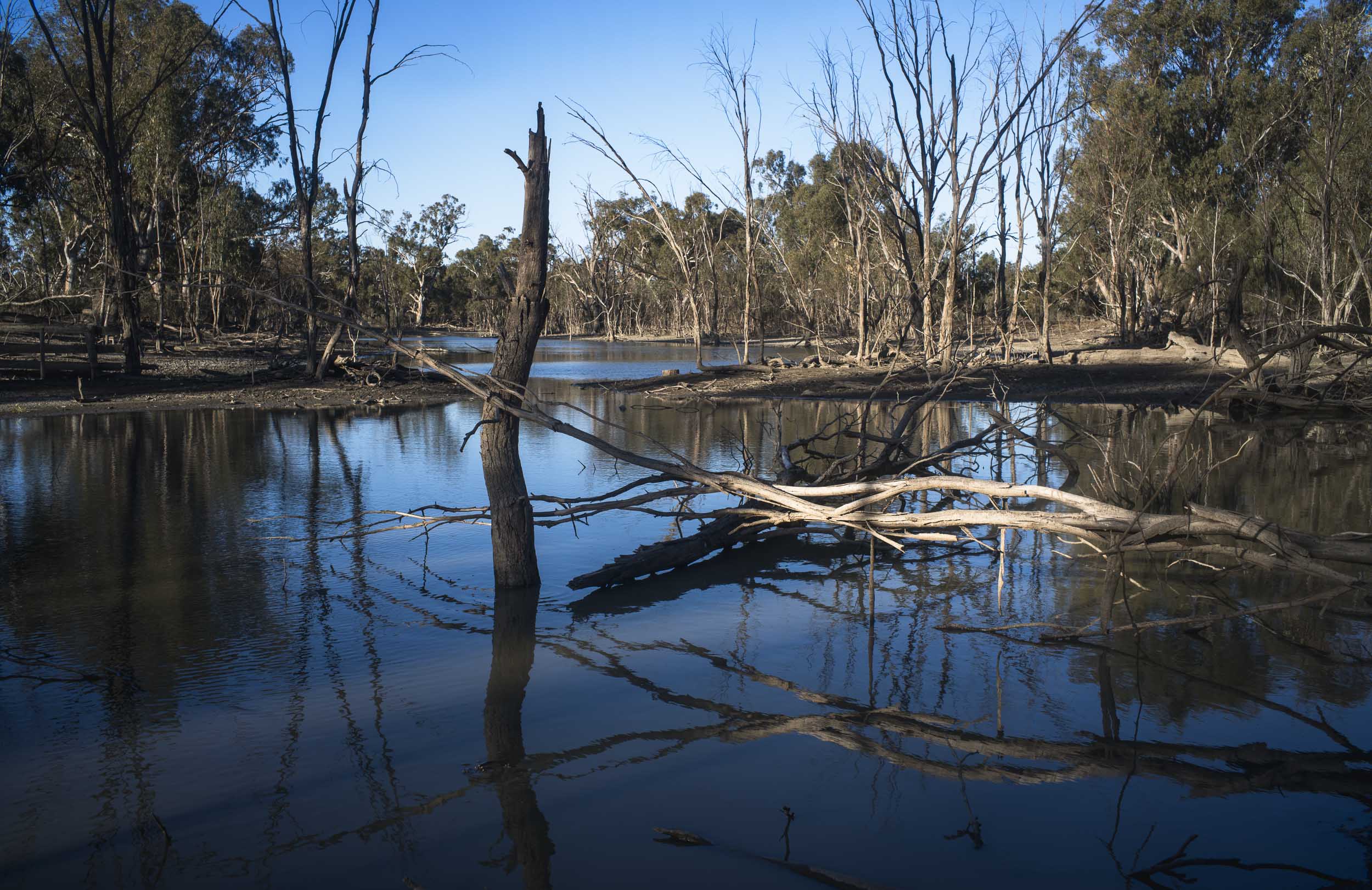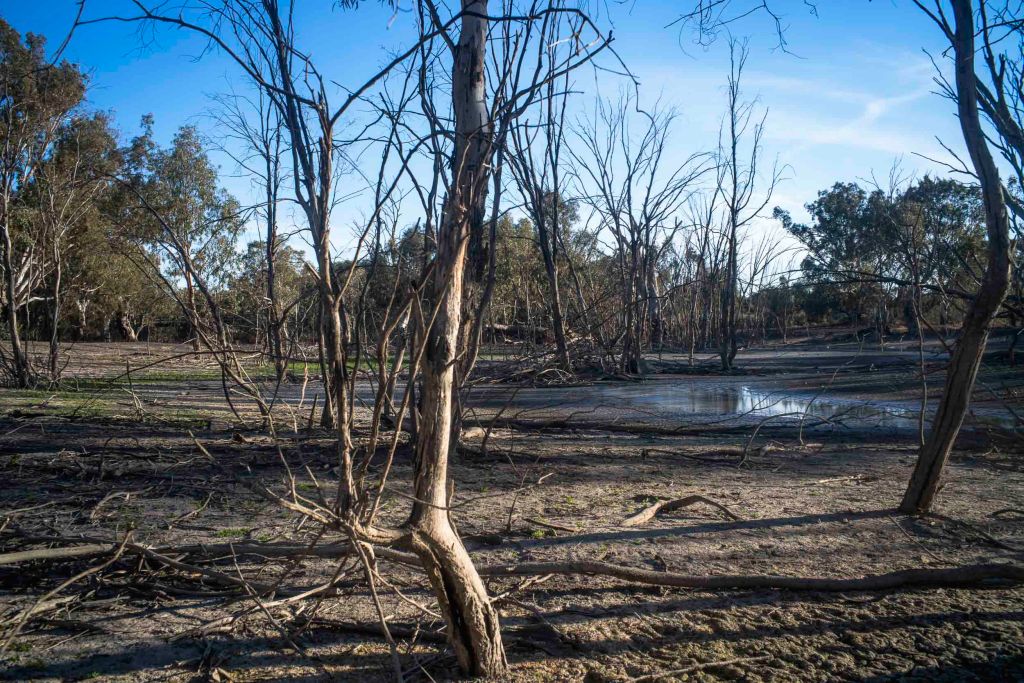Wetlands in the Murray-Darling Basin river system can be understood as watery places that are co-constituted by an assemblage of human and nonhuman relations and they are, historically, the changing outcome of a plurality of multispecies interactions.
So argues Emily O’Gorman, an environmental historian, in her recent book Wetlands in a Dry Land: More-Than-Human Histories of Australia’s Murray-Darling Basin. I have yet to read the book –it’s on order through the public library network in South Australia.

My approach has been to see wetlands as dried out because humans have drained, filled, or otherwise destroyed them for agriculture, urban growth, and disease control. The unintended consequences include biodiversity loss, poor water quality, and the erosion of cultural sites.
The response is restoring the ecological condition of the rivers in the Murray-Darling Basin but these haven’t been going well.

Leave a comment